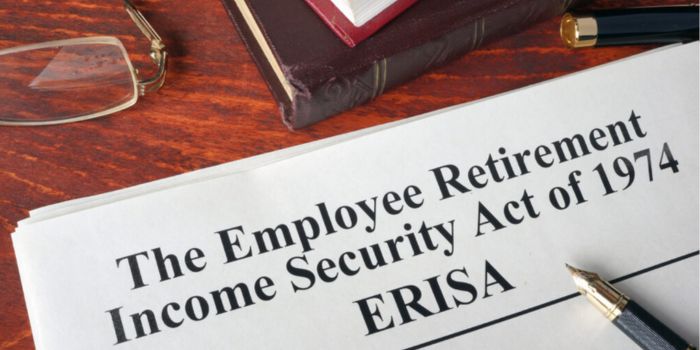The Employee Retirement Income Security Act (ERISA) protects Americans saving for retirement by setting standards for private-sector employer-sponsored plans. Enforced by the U.S. Labor Department, IRS, and PBGC, ERISA ensures plan transparency, fiduciary responsibility, and participant rights.
ERISA requires detailed plan information be provided to participants and mandates acting in employees’ best interests. It covers most private sector retirement benefits like 401(k)s and pensions, safeguarding assets from loss or mismanagement.
Plan administrators under ERISA must act prudently, provide investment details to employees, and face accountability standards. ERISA plans may shield assets from creditors in bankruptcy but can be subject to court orders related to divorce or federal tax enforcement.
ERISA excludes government and church plans; not all 401(k) plans are covered. Employers offering retirement plans must comply with ERISA regulations to protect employee interests and ensure plan viability.
ERISA was enacted in 1974 and has since undergone several amendments to strengthen its protections for workers. One such amendment is the Pension Protection Act of 2006, which introduced measures to increase transparency and accountability within retirement plans.
Under ERISA, employees have the right to receive important information about their retirement plan, including plan documents, annual reports, and a summary of plan benefits. This allows employees to have a better understanding of their retirement savings and make informed decisions.
One key aspect of ERISA is the fiduciary responsibility requirement. Plan fiduciaries, such as employers and plan administrators, must act in the best interests of plan participants and beneficiaries. This means making decisions that are solely for the benefit of employees’ retirement savings and not influenced by personal interests.
In addition to mandating transparency and fiduciary responsibility, ERISA also provides protections for plan participants in the case of employer bankruptcy. Under ERISA, retirement plan assets are protected from creditors in bankruptcy proceedings, helping to safeguard employees’ hard-earned savings.
However, it’s important to note that ERISA does allow for certain exceptions. For example, a court may issue a qualified domestic relations order (QDRO) for the division of retirement assets in the case of divorce. And if an employer fails to meet their obligations under ERISA, the federal government can step in and enforce corrective action.
Overall, ERISA plays a crucial role in protecting Americans’ retirement savings by ensuring that employers offering retirement plans. Employees in non-ERISA retirement plans should take extra care when selecting investments and carefully consider the costs of the plan.




